Flowers have long been imbued with deep symbolic meaning, so it’s no surprise that many myths have emerged around them. From daffodils and hyacinths to roses and peonies, flowers have featured prominently in ancient tales. Greek and Roman mythology, in particular, often includes flowers—partly because the gods had a habit of turning people into them!
These ancient myths have influenced modern interpretations and associations with flowers. For instance, Cupid (known as Eros in Greek mythology), the God of Love, is frequently depicted with roses, which remain a powerful symbol of passionate love today. Similarly, the myth of Paeonia (as detailed below) led Victorians to associate the peony with ‘bashfulness’ in the Language of Flowers.
In this article, we explore some of the most fascinating (and peculiar) floral myths from various customs, traditions, and cultures.
Peonies in Mythology
Though peonies may seem like a contemporary floral trend, they’ve actually held their esteemed status for thousands of years. Known as the King of Flowers in China, peonies have long been celebrated. During the Middle Ages, they were valued for their medicinal properties, and research supports their anti-inflammatory effects!
Moreover, there are two slightly contradictory Greek myths about the origins of the peony.
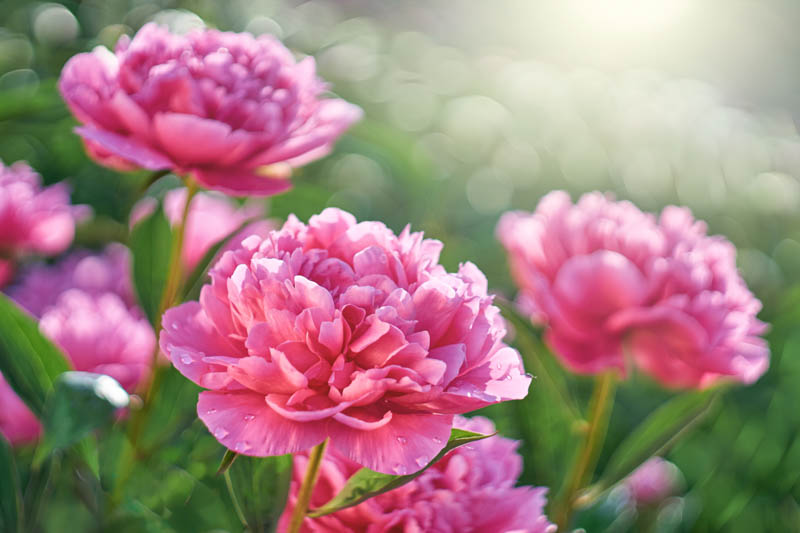
Paeon: Physician to the Gods
The first myth tells of Paeon, the Greek physician to the gods. Yes, you read that correctly—apparently, even gods need regular checkups. Paeon was an exceptionally skilled doctor, which provoked a jealous rage from his teacher, Asclepius, the god of medicine and healing. Asclepius was enraged when Paeon successfully cured Hades of an ailment, and his jealousy threatened Paeon’s life.
To protect him, Zeus transformed Paeon into a peony. One might question whether this was truly a blessing—after all, is it better to be a flower for all eternity?
Paeonia in Mythology
In an alternative myth, Paeonia was a stunning nymph who caught the eye of Apollo due to her exceptional beauty. This did not sit well with Aphrodite, the goddess of love and beauty, who became consumed with jealousy. In her rage, Aphrodite transformed Paeonia into a red peony. It’s said that Paeonia blushed when Aphrodite caught her and Apollo together, which is why peonies symbolize bashfulness.
The Greek gods had a peculiar habit of turning people into flowers, and this myth is just another example of their whimsical transformations!
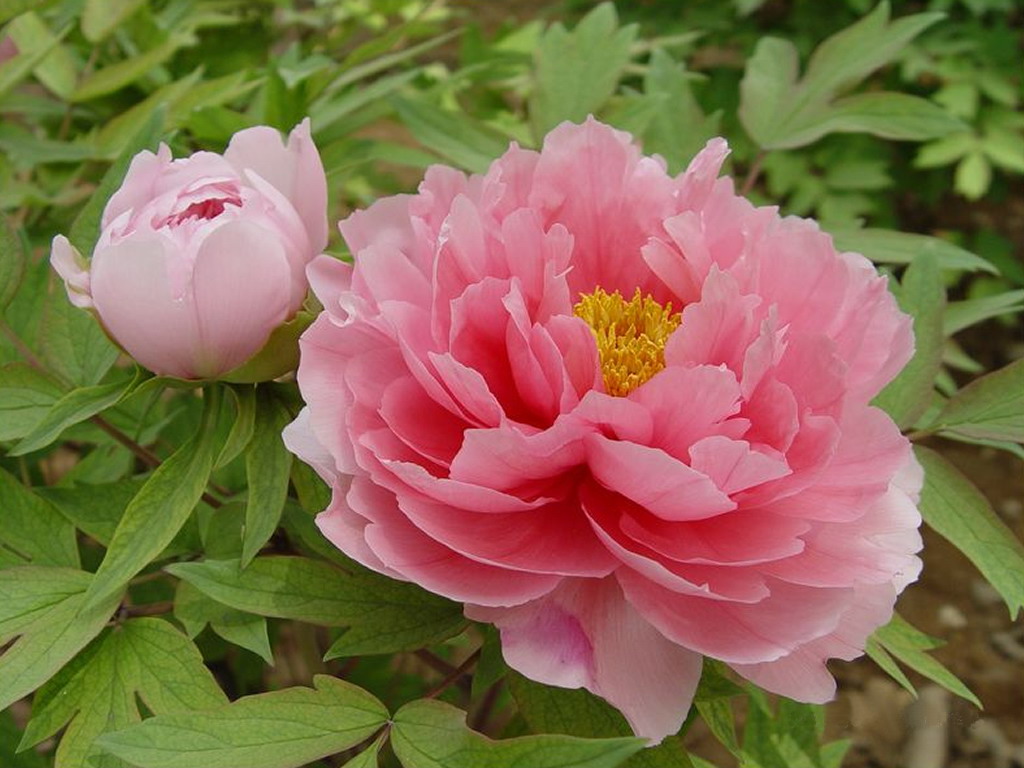
Flora: The Roman Goddess of Flowers
Flora was the Roman goddess of flowers and spring, overseeing the blooming of flowers, fruit trees, vines, and crops. She is often depicted holding a bouquet of flowers. Flora had a dedicated festival, the Floralia, which was celebrated at the beginning of May. This festival was a lively event, featuring games, theater, and competitive activities, including the unusual spectacle of an elephant on a tightrope at one point. People dressed in vibrant colors and celebrated the renewal of life with much revelry. Flowers were certainly celebrated in style!
Daffodils: The Story of Narcissus
The term ‘narcissist’ originates from the myth of Narcissus, a figure known for his exceptional beauty and excessive self-obsession. Narcissus was infamous for breaking hearts, including that of the nymph Echo, who was so heartbroken that she turned into her namesake, an echoing sound.
Nemesis, the goddess of revenge, decided to punish Narcissus for his arrogance. She lured him to a pond where he saw his own reflection and fell madly in love with it, not realizing it was just his image. Obsessed, he refused to leave the water and eventually succumbed to the pain of unrequited love, transforming into a daffodil (Narcissus flower). The moral of the story: angering Greek gods can result in quite the floral punishment.
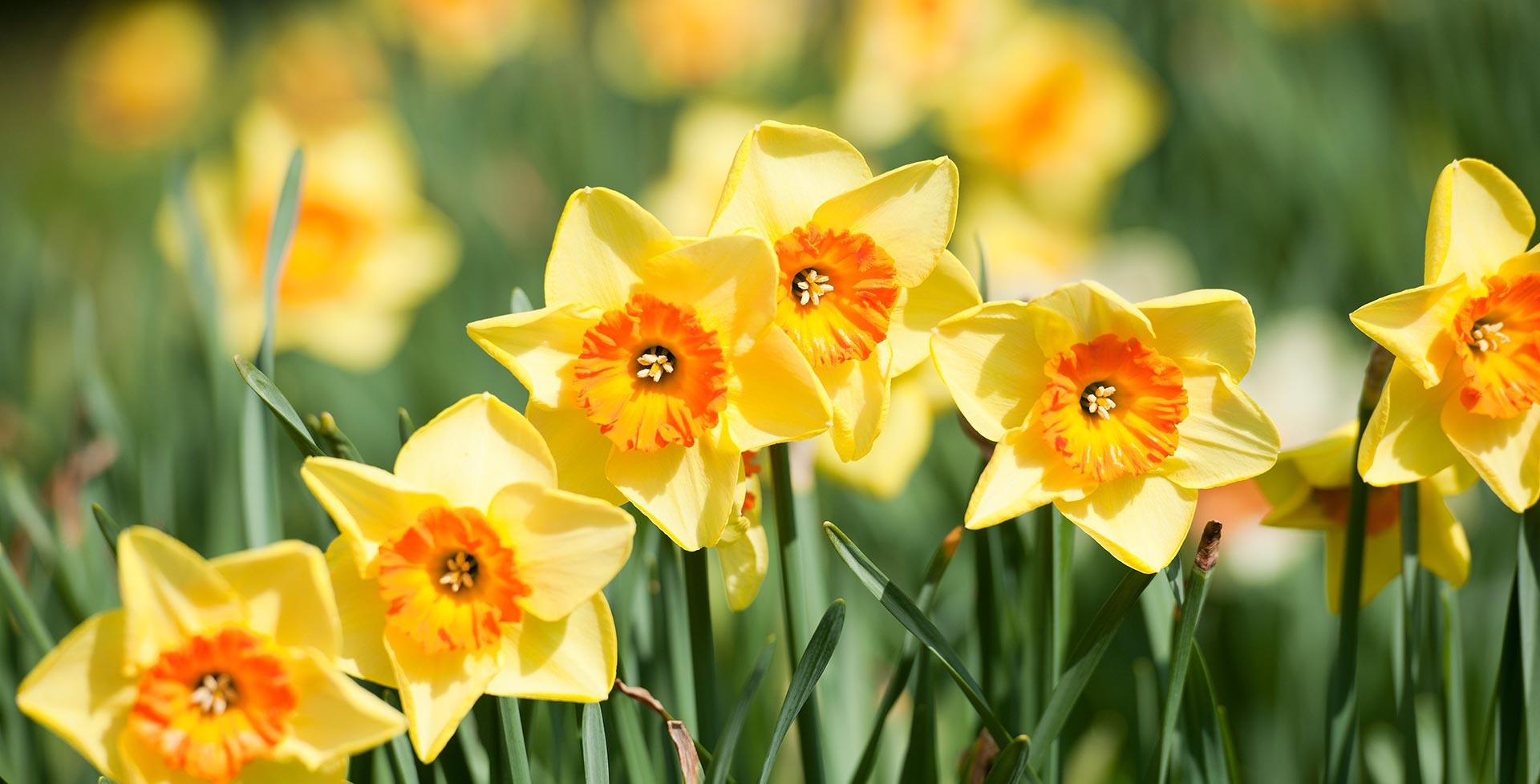
Sunflowers in Mythology – Clytie & Apollo
This myth revolves around the water nymph Clytie, who was infatuated with Apollo, the sun god. When Apollo left her for the sea goddess Leucothea, Clytie was heartbroken. She spent nine days watching Apollo as he traversed the sky in his golden chariot, slowly wasting away without food or water. Eventually, Clytie was transformed into a sunflower, her face forever turned towards the sun.

Anemones & The Death of Adonis
Adonis was a remarkably handsome mortal and Aphrodite’s lover, although he preferred hunting to spending time with her. Tragically, while hunting, Adonis was killed by a fierce boar. Aphrodite, devastated, cradled him in her arms as he died. His blood mingled with her tears, and where the droplets fell, a red anemone flower emerged. Since then, anemones have come to symbolize death, loss, and forsaken love.
Hyacinthus and Apollo: The Origin of Hyacinths
Hyacinthus was a strikingly handsome Spartan prince and hero in Greek mythology. His remarkable looks caught the eye of several gods, including Apollo, the sun god; Zephyrus, the West Wind; and Boreas, the North Wind.
Hyacinthus chose Apollo as his beloved, which, understandably, sparked some jealousy among the other deities. One day, as Apollo and Hyacinthus were playing a game of discus, Hyacinthus eagerly pursued the discus to impress Apollo. Seizing the opportunity, Zephyrus sent a gust of wind that redirected the discus, causing a fatal blow to Hyacinthus.
Heartbroken, Apollo could not bear the thought of Hades claiming Hyacinthus’s soul. Instead, he transformed him into the Hyacinth flower, a lasting tribute to his love and loss.

Tulips: Farhad and Shirin
The tale of Farhad and Shirin is a poignant story of love and tragedy, recounted across various cultures including Iran, Turkey, India, and Afghanistan. Believed to originate from Persian folklore, the story generally unfolds as follows:
Farhad, a humble craftsman (a stonemason or muralist depending on the version), fell deeply in love with the princess Shirin. Her parents, opposed to their union, set Farhad an almost impossible task: to carve a tunnel through solid rock. To everyone’s astonishment, Farhad succeeded.
However, the King, enraged by Farhad’s success, deceitfully informed him that Shirin had died. Distraught, Farhad ended his own life using the same tools he had used for the tunnel. Upon discovering Farhad’s lifeless body, Shirin, overwhelmed by grief, took her own life as well.
Where their blood mingled, red tulips began to grow. This tragic tale is why red tulips are often associated with undying love.
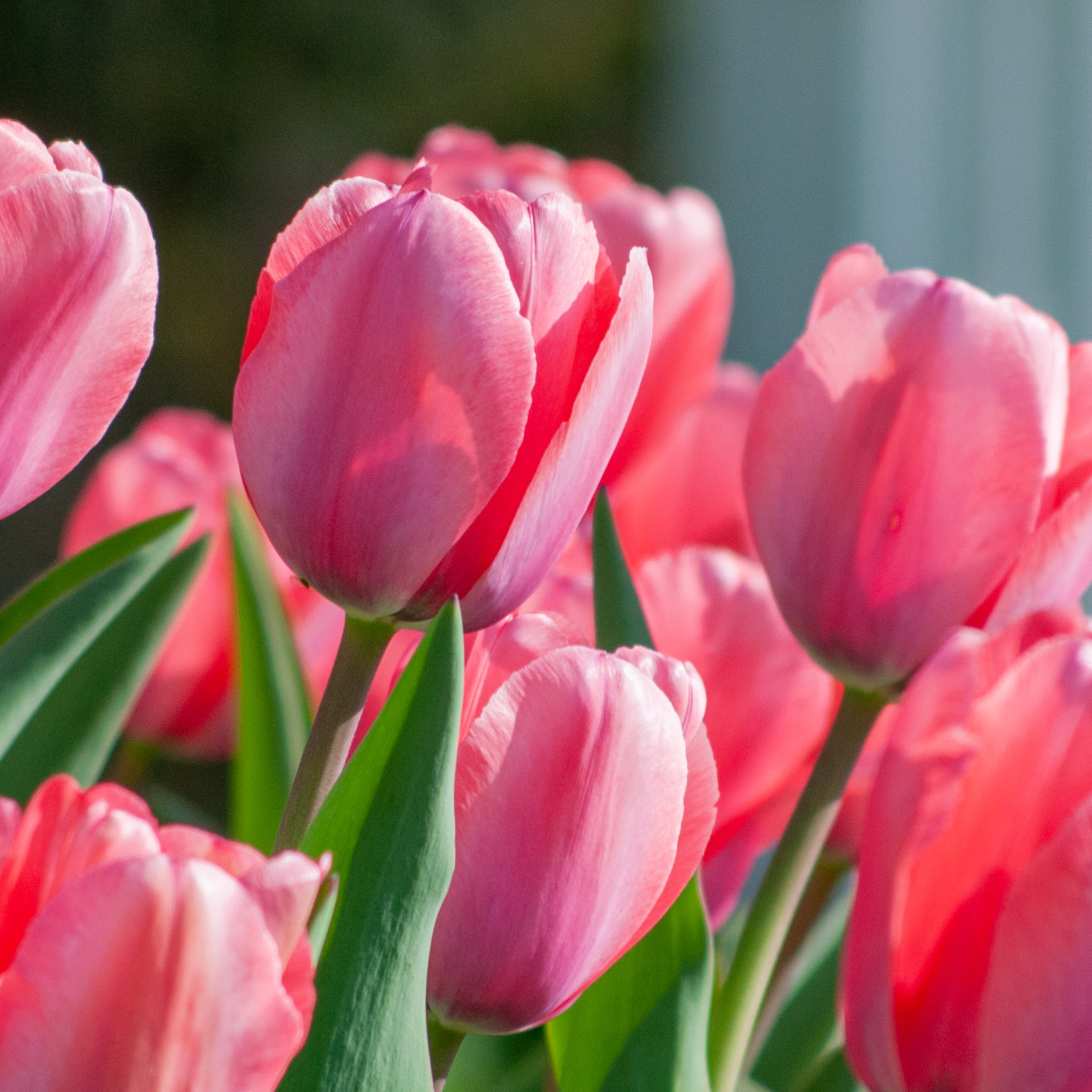
Carnations in Mythology
Carnations have a rich history in mythology and tradition. In Ancient Greece, they were frequently used in ceremonial crowns and garlands. The flower was also known as “Jupiter’s flower” in Ancient Rome, honoring the King of the Gods.
In Korean culture, carnations hold a unique role in divination. To predict the future of a young girl, three cut carnations are placed on her head. The order in which the carnations die is believed to reveal her future. If the top flower dies first, it signifies challenges later in life; if the middle one dies first, it indicates difficulties in her youth. If the bottom flower dies first, it foretells a life filled with turmoil. It seems that a peaceful life is not in the cards!
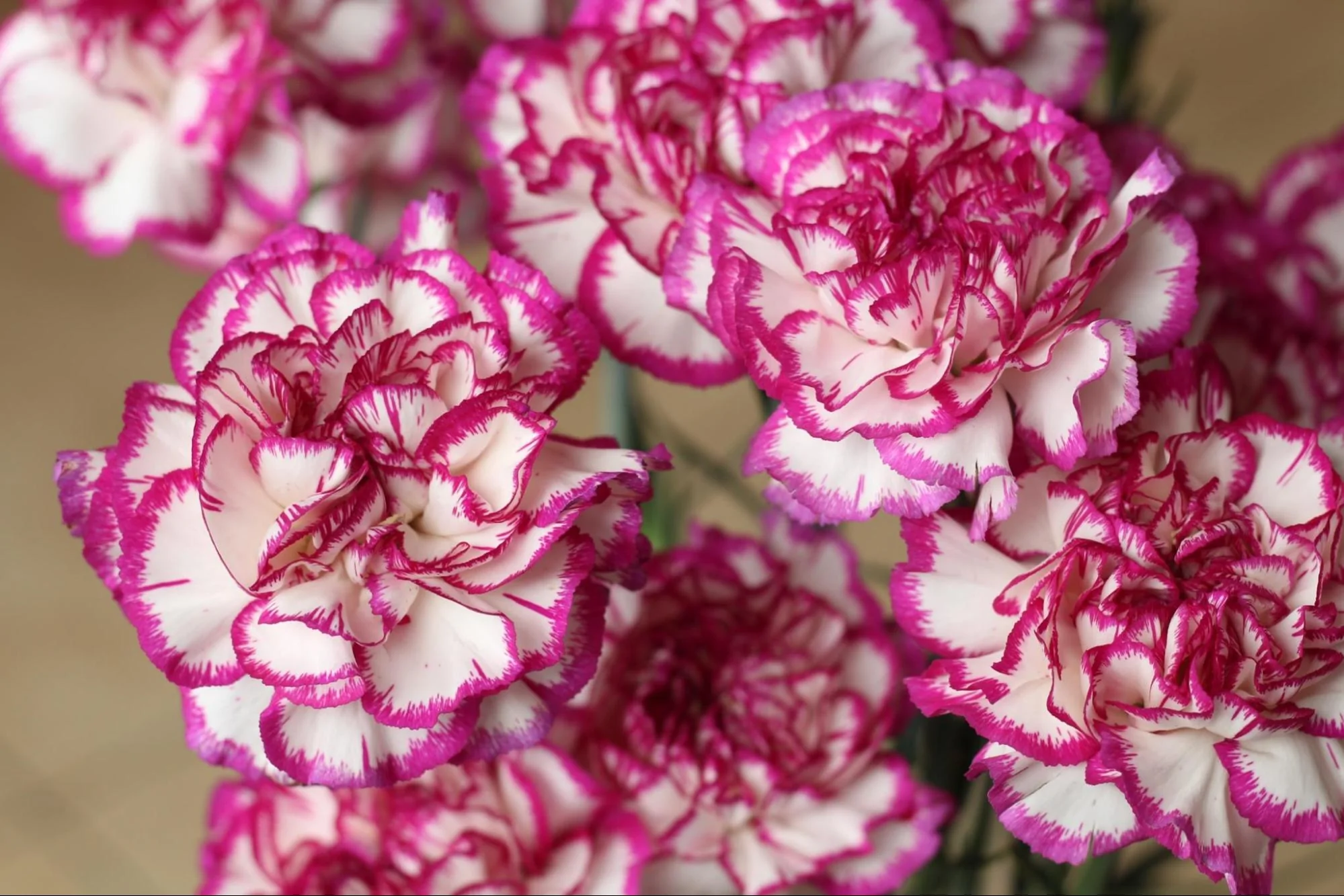
As we’ve seen, flowers have been woven into the fabric of mythology and culture for centuries, each with its own unique story that adds depth to its beauty. Whether symbolizing love, loss, or transformation, these floral myths remind us of the enduring power of nature’s most enchanting blooms.
